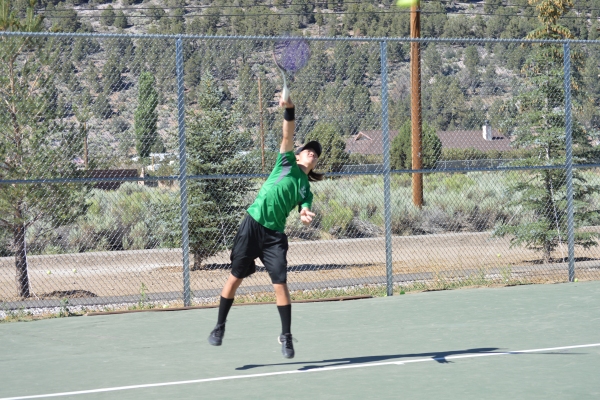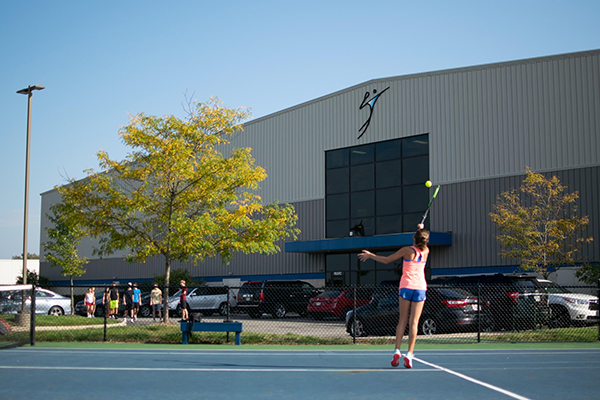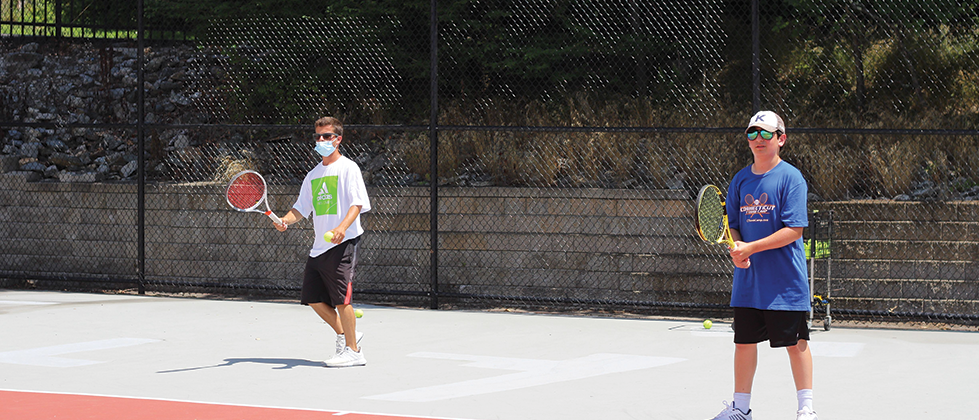5 Fitness Principles Tennis Players Should Live By

Tennis is a very strategic game, but it’s hard to work your mind in that manner when you’re feeling fatigued or out of shape. Having a good foundation with regard to your physical fitness is vital toward having success on the tennis court.
Here are five fitness principles that every tennis player should live by as long as they play the game.
A Workout Program is the Basis for Everything
In order to get better on the tennis court while also avoiding injuries, you need to partake in the proper training program. The world’s top tennis players are indeed innately talented, but that only goes so far. They weren’t always as powerful or as agile as they currently are – they had to work hard to reach those levels though a workout program that specifically helped them improve as a tennis player.
Partaking in some kind of training regimen will also strengthen your body in a way that will help protect you from injuries. Getting hurt can sometimes be unavoidable, but a lot of the small bumps and bruises that we all encounter are easier to recover from when there’s a solid level of fitness already there.
Set Some Goals!
Just like how you should be setting short- and long-term goals for yourself on the tennis court, you should be doing the exact same thing off the court via your workout program. After all, these two go hand in hand – if you reach certain levels of fitness off the court, it will help your performance upon getting on it.
How would you like to improve your physical fitness? What are the best kinds of tennis-specific exercises that you should be doing? How often should you be doing them to reach that certain level of fitness you aspire to? What part of your body needs the most improvement?
These are just some of the questions you need to be asking yourself before jumping into any kind of program.
Know How to Stretch…And When
Stretching before and after a match is very important, but it’s also important to know that the type of stretching you do shouldn’t at all be similar in these two scenarios.
When getting ready for a match, dynamic stretching is the way to go because it wakes up the muscles that you’ll be using while on the court. So, things like jogging, arm circles, and lateral lunges are all good examples of dynamic stretching.
Once the match or practice is over, that’s when static stretching comes into place, which would include movements like lying hamstring stretches.
Your Fitness Level and Technique Are Connected
Technique is everything when it comes to playing at optimal levels on the tennis court. It allows you to stay healthy and also get as much power into all your movements as much as possible. Deteriorating technique is one of the telling signs that your body is felling fatigued, especially during longer matches.
If you commit yourself to the proper workout routine that builds your body up to withstand this kind of physical activity, your technique won’t suffer as a result – and your results on the court will likely be better than ever before.
Get Enough Sleep
Working hard in the weight room and on the tennis court are necessary toward reaching whatever goals you may have in the sport, but the idea of recovery is an often overlooked aspect of it all. Why would we take a break? We’re told that working harder than everyone is going to help us get to the top!
That’s true, but your body needs time to recover after so much rigorous exercise. Getting at least eight hours of sleep – more, if you’re able to – is necessary to limiting soreness the day following a match. Everyone is a little different, so some may need more sleep than others, but at the end of the day, it’s important to listen to what your body needs.
Interested in signing up for an adidas Tennis Camp this summer? Click here to find a camp near you and receive more information.



